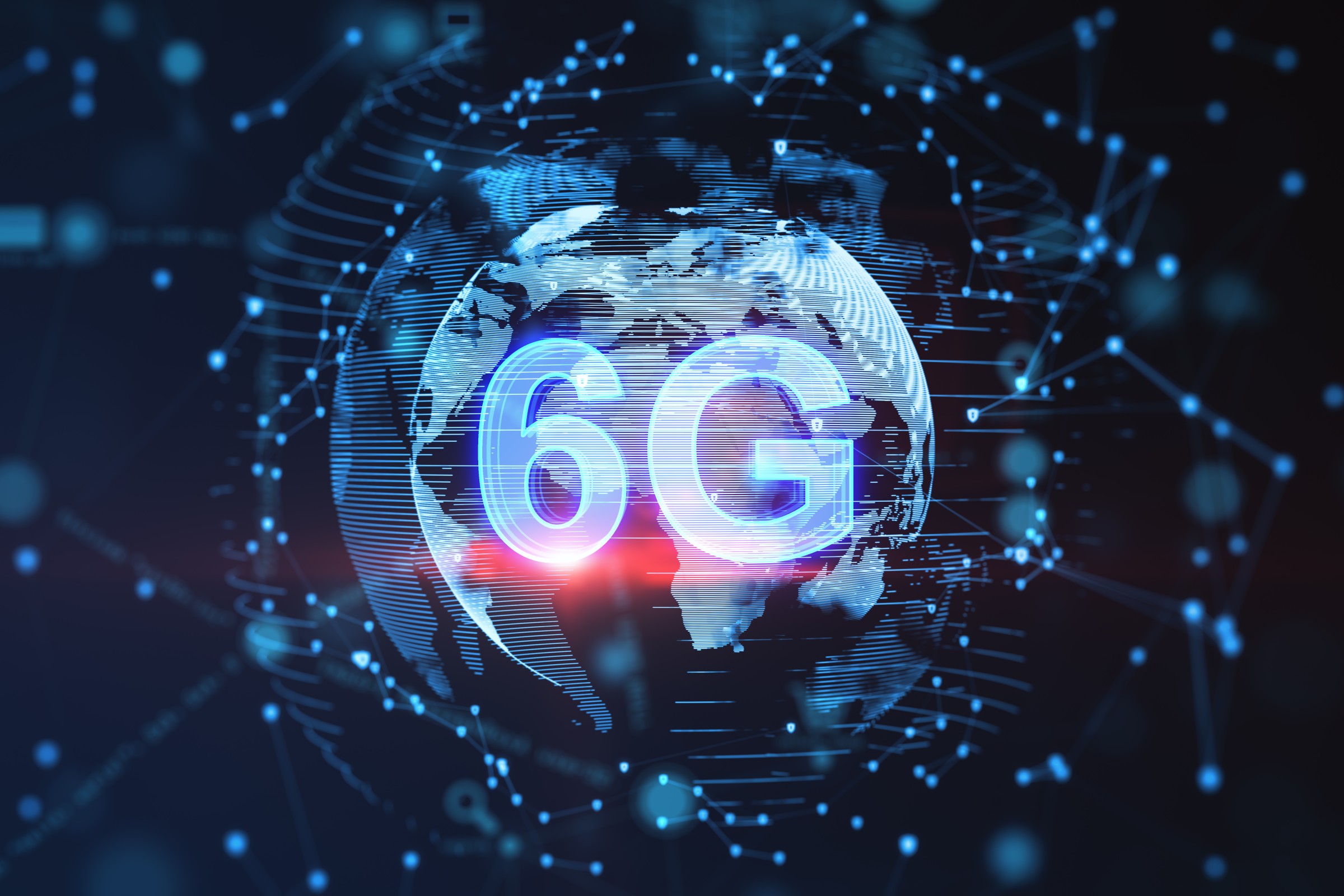As the world begins to harness the power of 5G, the tech industry is already setting its sights on the next frontier: 6G. Promising speeds up to 100 times faster than 5G, near-zero latency, and transformative applications, 6G is not just an evolution—it’s a leap into the future.
While 6G is still in its conceptual phase, with commercial rollouts expected by 2030, its potential to revolutionize industries, redefine connectivity, and empower emerging technologies is undeniable. In this blog, we delve into how Mobile Network Operators (MNOs) and the broader telecom ecosystem are preparing for the 6G era, the challenges it poses, and the possibilities it offers.
What is 6G?
6G is the sixth generation of mobile network technology, building upon the foundations laid by 5G while introducing groundbreaking capabilities. It is designed to support terahertz (THz) frequencies, providing unparalleled bandwidth and data rates. Key attributes of 6G include:
-
Speeds of up to 1 terabit per second (Tbps): Enabling seamless communication and data transfer.
-
Latency below 1 millisecond: Making real-time interactions virtually instantaneous.
-
Advanced AI Integration: Leveraging artificial intelligence to optimize network performance dynamically.
-
Massive Connectivity: Supporting billions of devices in highly dense environments.
How 6G Differs from 5G
While 5G is focused on enabling low latency, high-speed broadband, and the Internet of Things (IoT), 6G is poised to:
-
Facilitate immersive technologies such as holographic communication and brain-computer interfaces.
-
Enable 6D positioning, combining spatial and temporal awareness for ultra-precise location-based services.
-
Power tactile internet applications, where touch sensations are transmitted digitally in real time.
The Role of MNOs in 6G Development
Driving Research and Development
MNOs, along with academia, governments, and technology providers, are spearheading 6G research initiatives. Countries like Japan, South Korea, China, and Finland are at the forefront of this effort, establishing testbeds to explore 6G’s potential.
Upgrading Infrastructure
6G will require a complete overhaul of existing infrastructure:
-
Terahertz Spectrum Utilization: Developing antennas and receivers capable of handling THz frequencies.
-
AI-Driven Network Management: Integrating AI to predict and manage network traffic dynamically.
-
Quantum Communication: Exploring quantum technologies to ensure ultra-secure data transmission.
Creating New Business Models
MNOs must rethink their revenue models to monetize the enhanced capabilities of 6G, offering services tailored to specific industries, such as telemedicine, autonomous systems, and holographic meetings.
6G Use Cases and Applications
1. Holographic Communication
Imagine attending a business meeting where holograms of attendees interact in real-time as if they were physically present. 6G will make such holoportation a reality, revolutionizing communication and collaboration.
2. Brain-Computer Interfaces
6G’s ultra-low latency will enable neural communication systems, allowing individuals to control devices or communicate directly through brain signals. This has transformative potential for healthcare and assistive technologies.
3. Autonomous Systems
From self-driving cars to unmanned drones, 6G will enhance decision-making and navigation through real-time data processing and seamless machine-to-machine communication.
4. Immersive AR/VR Experiences
6G will deliver hyper-realistic augmented and virtual reality, enabling applications in gaming, education, and remote work that are indistinguishable from physical experiences.
5. Smart Cities and Environments
With its ability to connect billions of devices, 6G will power smart cities, where infrastructure communicates autonomously to optimize energy usage, traffic flow, and public services.
Challenges in the Path to 6G
1. Spectrum Availability
The terahertz spectrum required for 6G is largely unexplored and poses challenges in terms of propagation and interference. Regulators must collaborate with MNOs to allocate spectrum efficiently.
2. Infrastructure Investment
Building 6G networks will require significant capital investment in new hardware, software, and security protocols, challenging even the largest MNOs.
3. Energy Efficiency
As data rates increase, so does energy consumption. MNOs must prioritize energy-efficient technologies to make 6G networks sustainable.
4. Cybersecurity Concerns
The interconnected nature of 6G makes it vulnerable to cyberattacks. Innovations in quantum encryption and AI-driven threat detection will be critical.
The Global Impact of 6G
1. Economic Growth
6G is expected to contribute trillions to the global economy by creating new industries, services, and applications. Its impact will be felt across sectors like healthcare, manufacturing, and education.
2. Digital Equity
6G has the potential to bridge the digital divide by providing affordable, high-speed connectivity to remote and underserved regions, fostering economic inclusion.
3. Environmental Sustainability
With the rise of green technologies, 6G will support solutions like precision agriculture, smart grids, and IoT-enabled conservation efforts, promoting sustainability on a global scale.
Future Trends in 6G Development
1. AI-Native Networks
6G will rely on AI-native designs, where artificial intelligence is integrated into the core of network operations to enhance efficiency, security, and scalability.
2. Quantum Communication
By harnessing the principles of quantum physics, 6G networks will achieve unprecedented levels of data security and transmission reliability.
3. Space-Based Connectivity
Satellites will play a key role in expanding 6G coverage to remote and inaccessible regions, creating a truly global network.
4. Collaborative Ecosystems
The success of 6G will depend on partnerships between governments, MNOs, tech companies, and academia to drive innovation and set global standards.
Conclusion: A Glimpse into the 6G Era
While the 6G revolution is still in its infancy, its potential to transform the way we live, work, and connect is immense. For Mobile Network Operators, 6G represents both an opportunity and a challenge—a chance to redefine their role in the telecom landscape while addressing the complexities of deployment and operation.
As we inch closer to 2030, the vision of hyper-connectivity driven by 6G is no longer a distant dream but an achievable reality. By fostering innovation, embracing sustainability, and prioritizing digital equity, MNOs can unlock the full potential of 6G and shape a future where connectivity transcends boundaries.

